



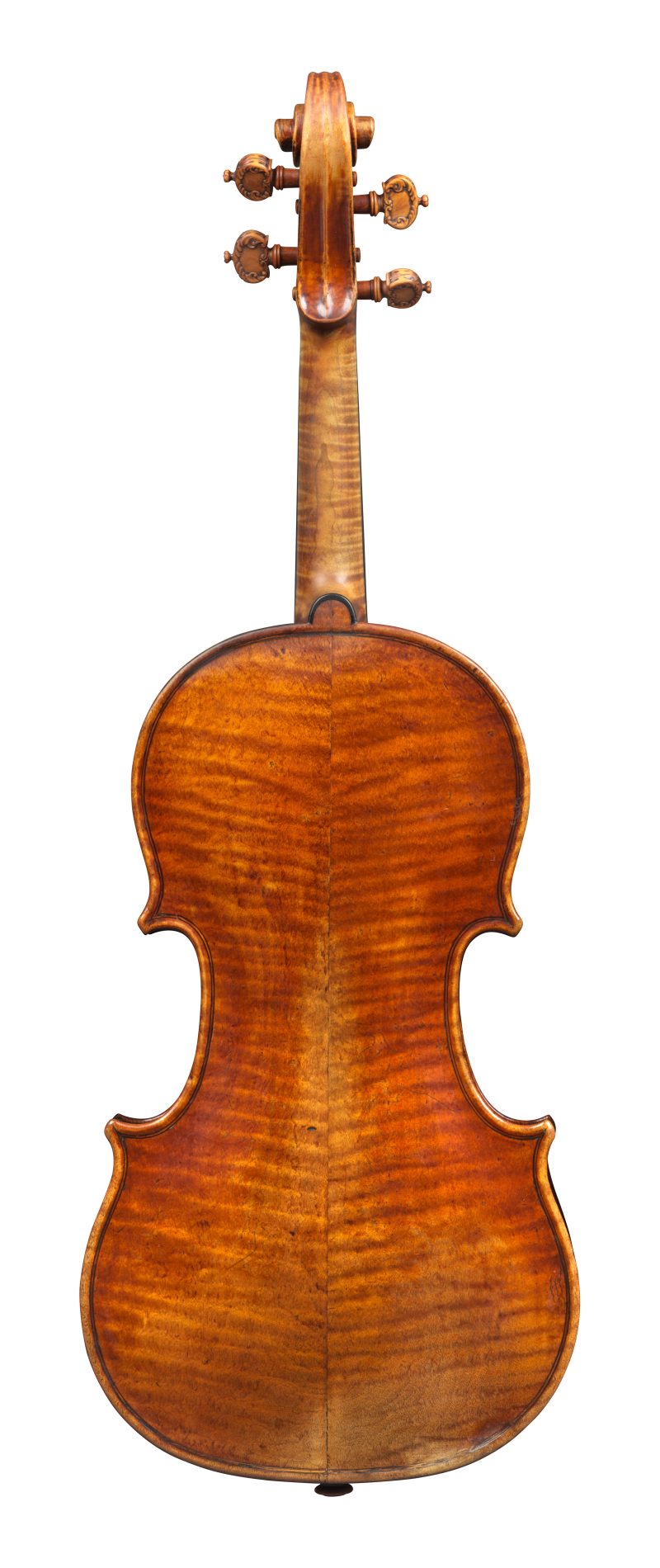
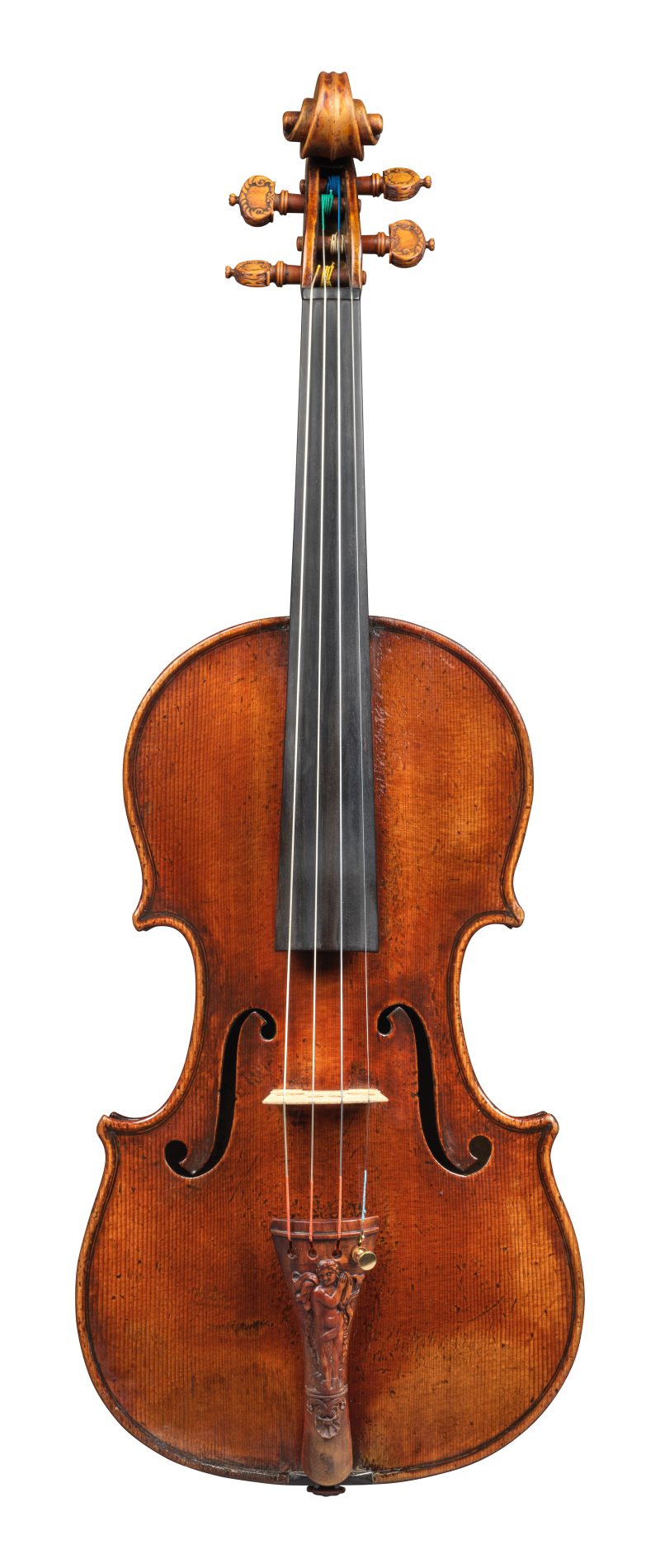
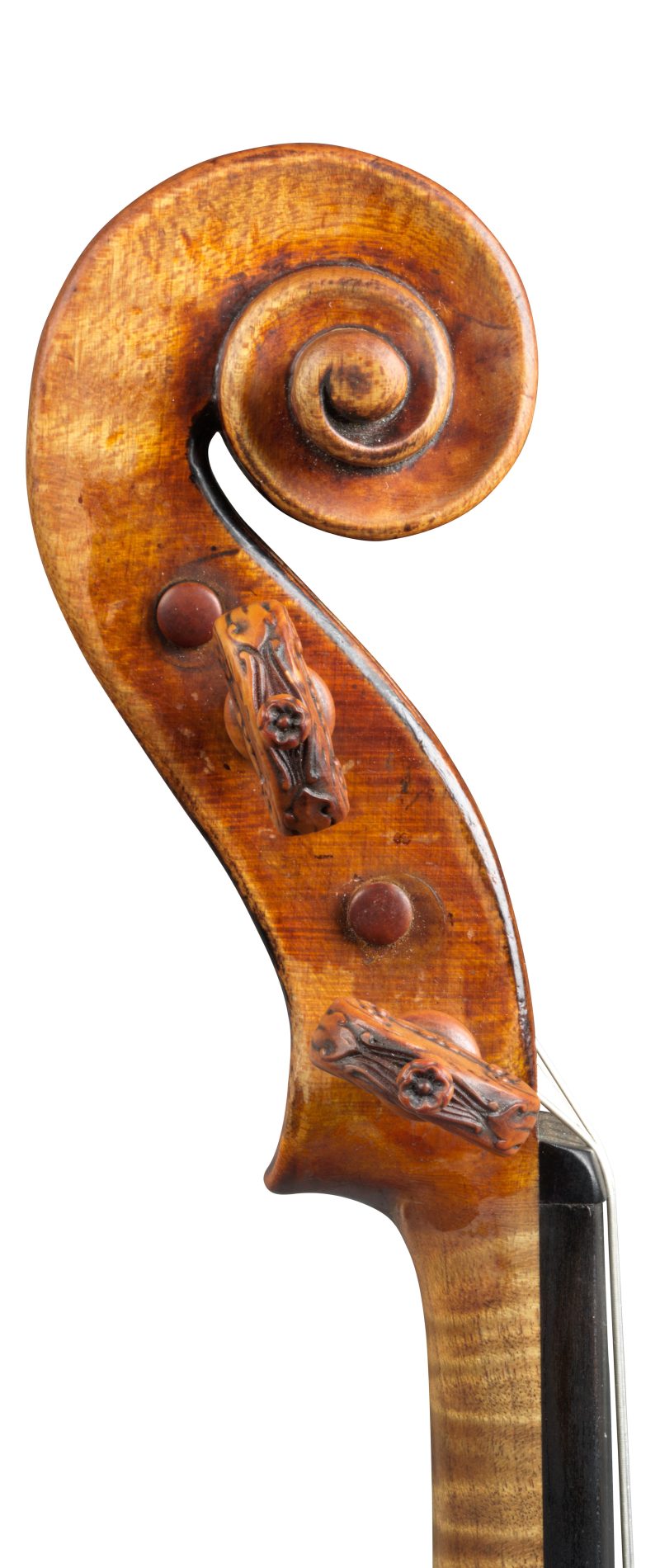





Notable Sales: Antonio Stradivari | Violin, 1734
















0%
Ex-Lord Amherst
Cremona, 1734
labelled Antonius Stradivarius Cremona Faciebat Anno 1734
length of back 35.7cm.
The first recorded owner of the ‘Lord Amherst’ was Andrew Fountaine of Narford Hall, Norfolk (1801-1874) who bought the violin from George Hart. Fountaine was an important collector of fine violins who owned another great 1734 Stradivari, the ‘Habeneck’, as well as the ‘Parke’ of 1711 and the ‘Emperor’ of 1715.
Fountaine’s eldest daughter Mary married William George Daniel-Tyssen (later Tyssen-Amherst) (1801-1855), and the violin was presumably gifted to Mary before Fountaine’s death, and then passed by descent to their son William Amhurst Tyssen-Amherst (1835-1909), who later became 1st Baron Amherst of Hackney. Amherst was a Conservative member of parliament from 1880-1885 and a collector of books, manuscripts, furniture and works of art. Sotheby’s auctioned his collection in 1909, only six weeks before his death.
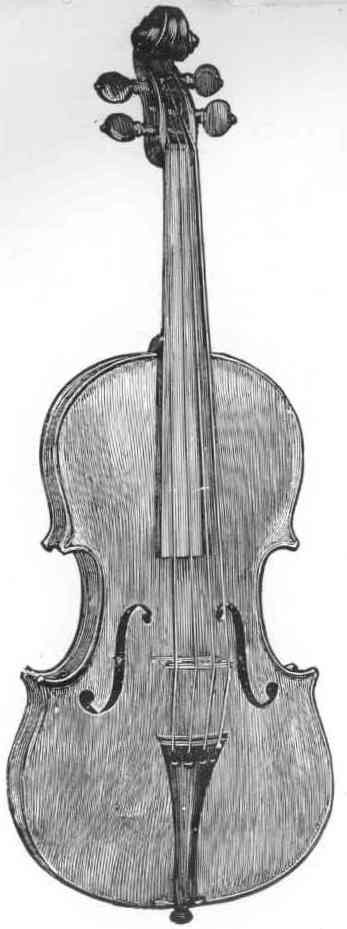
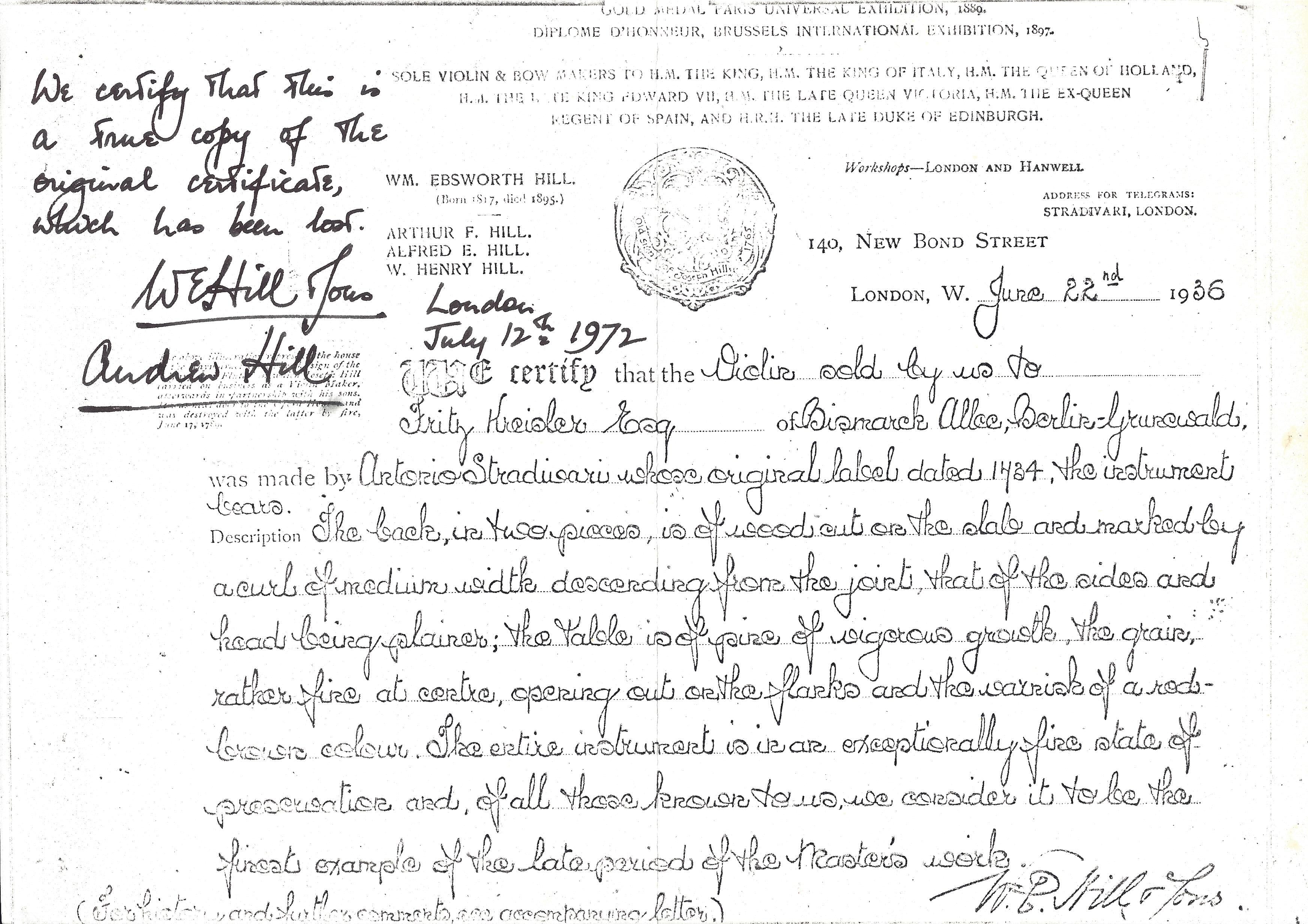
Whilst in Amherst’s possession, the violin was exhibited at the South Kensington Exhibition of 1872, where it was number 80 in the catalogue. Amherst died in 1909 and the violin was acquired by W.E. Hill & Sons, who sold it the following year for £2,100 to Frederick Smith, another eminent collector who owned the ‘Tuscan’ Stradivari of 1690 and the ‘Paganini’ of 1727.
In 1916 the violin was once again sold by W.E. Hill & Sons, this time to Richard Bennett, arguably the leading collector of his day. The list of famous violins owned by Bennett is beyond impressive, and includes the ‘Messie’, ‘Lady Blunt’, ‘Dolphin’, ‘Rode’, ‘Alard’ and ‘Tuscan’ violins, and no less than three Stradivari violas!
In 1936 the violin returned to Hills once more, and this time was sold to the celebrated Austrian virtuoso Fritz Kreisler for £5,000. In addition to the three Guarneri violins which bear his name, Kreisler also owned four Stradivaris – the ‘Earl of Plymouth’ of 1711, the ‘Greville’ of 1726, the ‘Kreisler; Huberman’ of 1733 and the Lord Amherst. In the certificate which the Hills wrote to accompany the violin, they wrote ‘The entire instrument is in an exceptionally fine state of preservation and, of all those known to us, we consider it to be the finest example of the late period of the master’s work’.
In 1945 the violin was acquired by Wurlitzers and sold in 1948 to the Russian born violinist Jacques Gordon, who was leader of the Chicago Symphony and Head of the Eastman School of Music. Sadly, Gordon died in the same year, having been taken ill whilst playing chamber music with Kreisler and Albert Spalding.
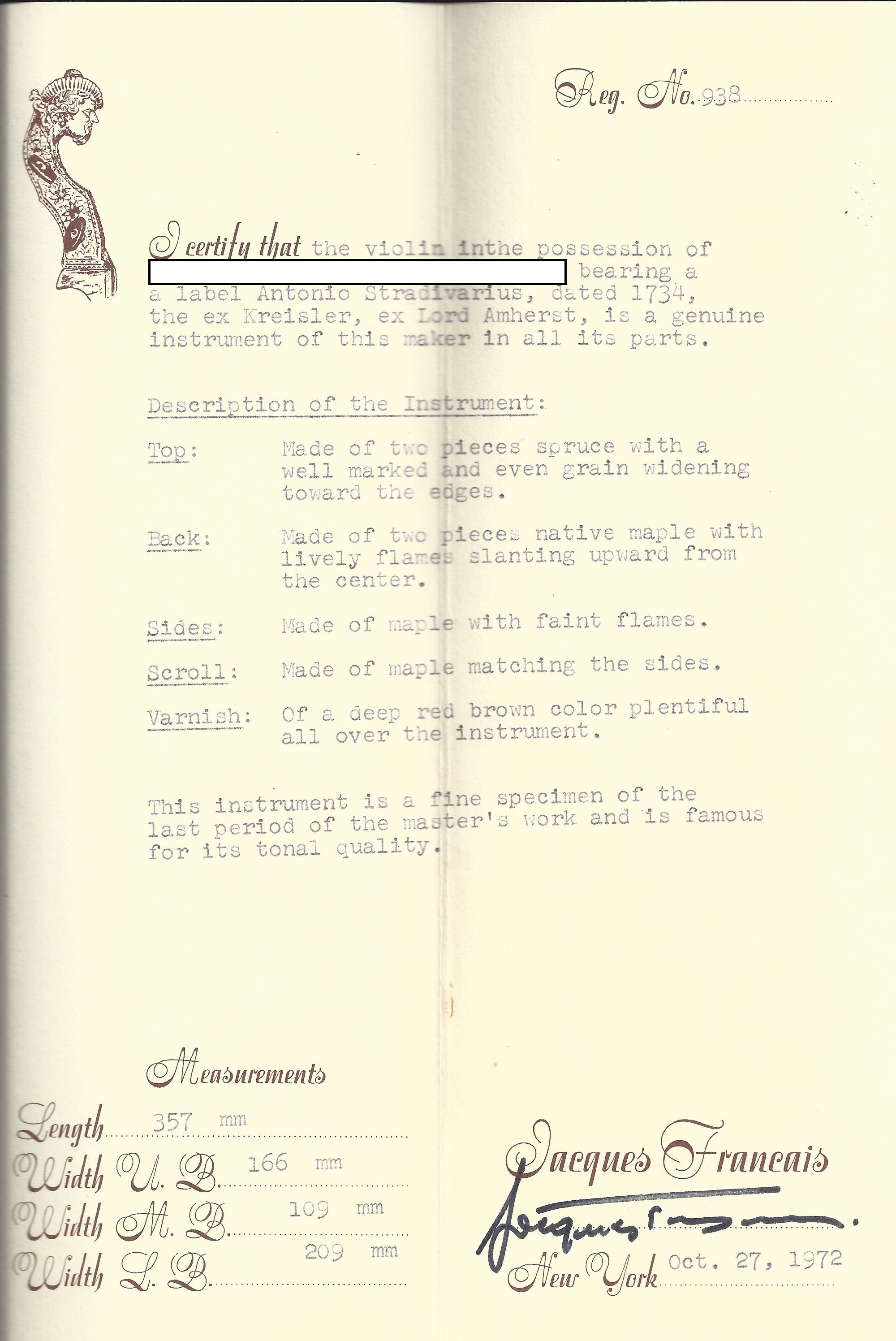
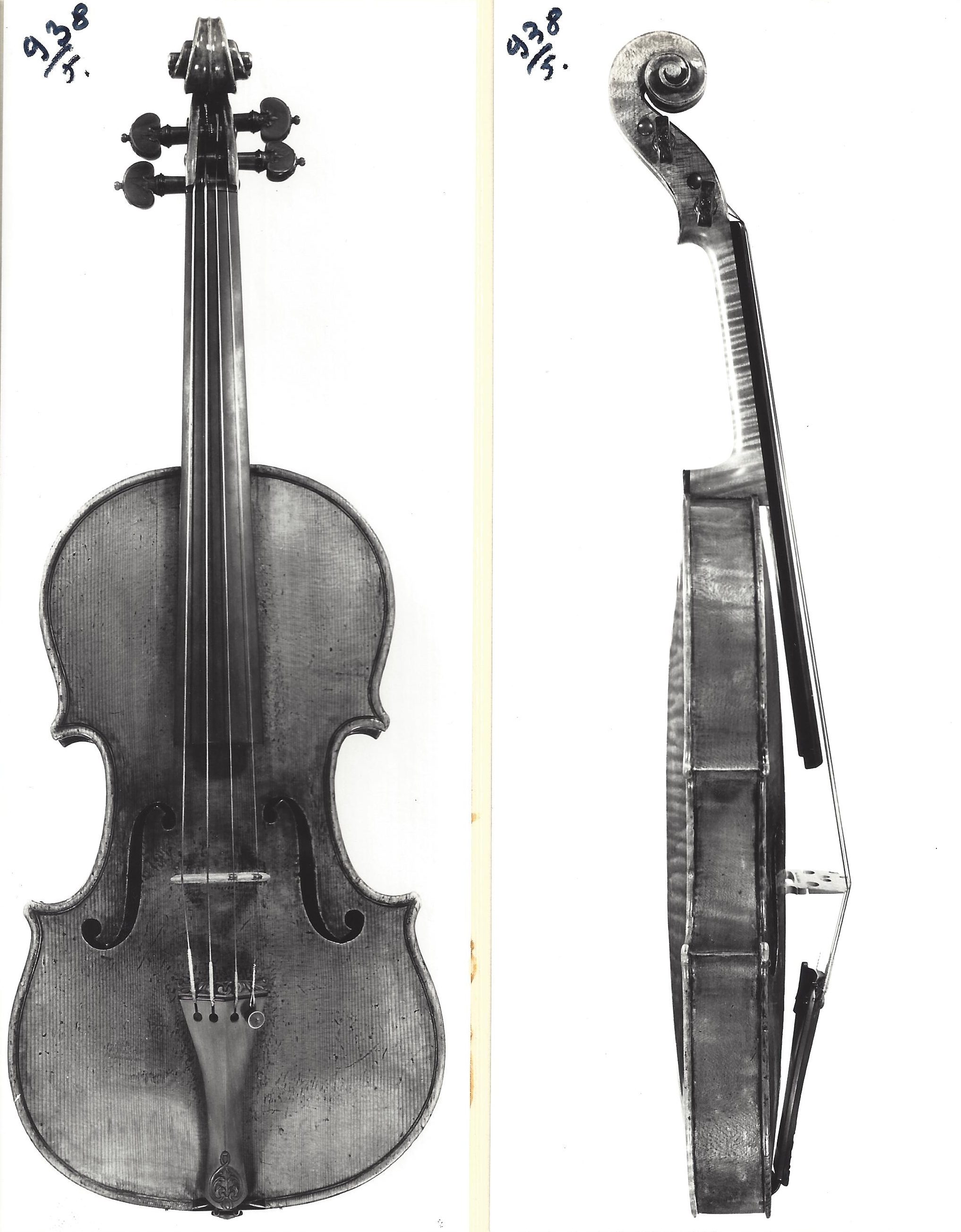
Gordon’s widow kept the violin for another ten years after her husband’s death, and in 1958 she consigned it to the New York dealer Jacques Français. Français sold it to a Dr. Bernard Mortimer, who paid $20,000. Mortimer was a gynaecologist and music lover and he lent the violin to his violinist friend Benno Rabinof. In 1964 Mortimer was convicted of tax evasion and spent 8 months in prison. The violin was retrieved from Rabinof and on 11th May 1972 it appeared at auction, at Sotheby’s in London. It was sold for £32,000, the second highest price paid for a Stradivari at auction at that time, the ‘Lady Blunt’ having sold the previous year for £84,000. The buyer at Sotheby’s was a Swiss amateur and music lover for whom the ‘Lord Amherst’ was a treasured possession for 48 years.
In 2020 the violin was sold privately with Ingles & Hayday and is now on loan from the Stretton Foundation to Yamen Saadi, an Israeli violinist from Nazareth who studied at the Barenboim-Said Conservatory. Saadi was made Concertmaster of the Vienna State Opera Orchestra and Vienna Philharmonic in 2022, aged just 25.
We offer buyers and sellers a bespoke private sale service, sourcing exceptional instruments and bows and matching them with the most discerning buyers.
More InformationTim Ingles and Paul Hayday will offer an initial evaluation of the authenticity and value of your instrument or bow to recommend an auction estimate and reserve price.
Enquire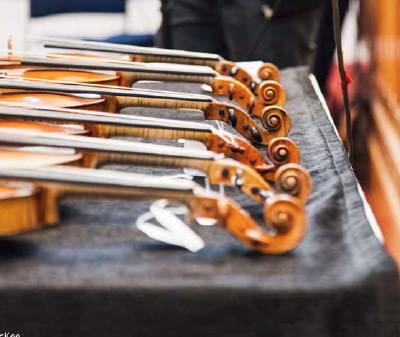
Tim Ingles and Paul Hayday will offer an initial evaluation of the authenticity and value of your instrument or bow. At this stage, the assessment is free and without obligation. In the first instance, we suggest submitting good-quality images to us, preferably by email to info@ingleshayday.com or by completing the valuation form.
Read more